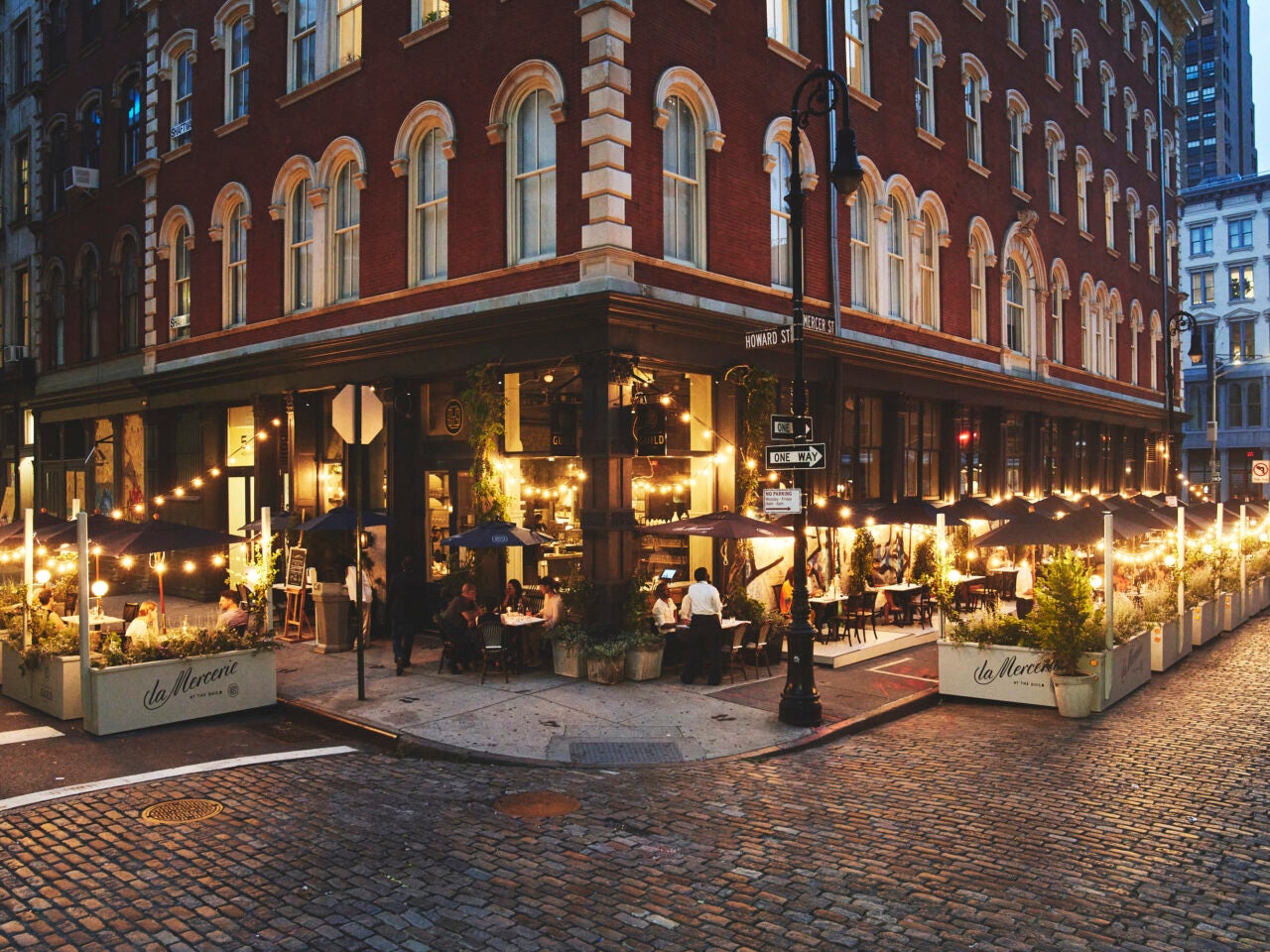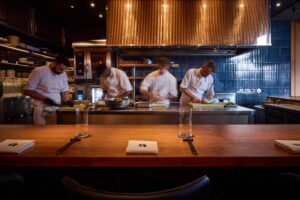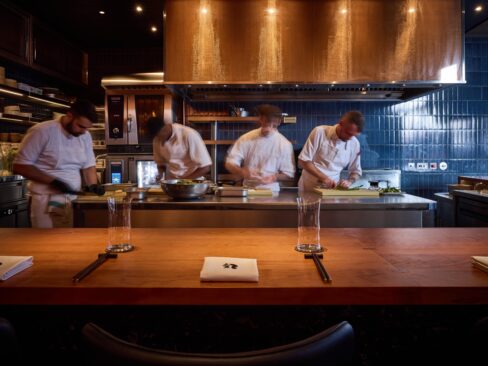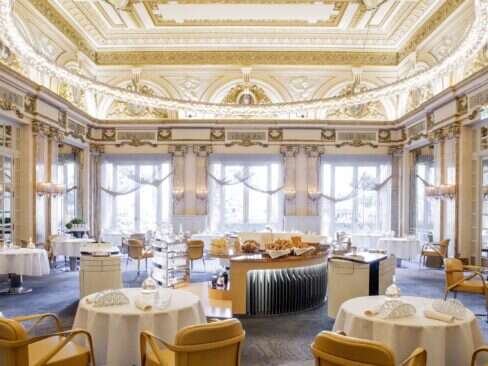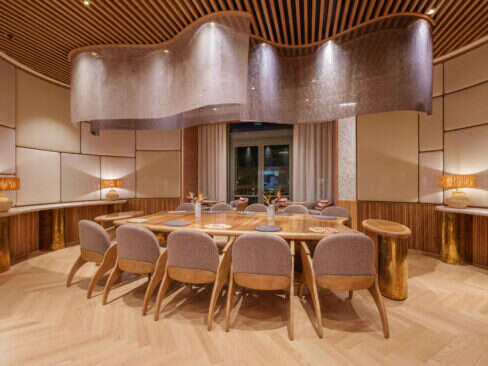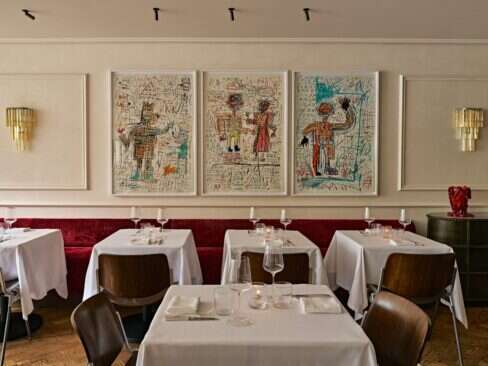It is impossible to truly quantify how much the fine dining world has transformed over the past 20 years. The democratizing influence of the internet meant power was no longer in the hands of a few critics: people could get instant reviews on any new hotel, bar or restaurant through services like Yelp, TripAdvisor or social media. And the online expansion of lifestyle magazines meant high-end food lovers could receive up-to-date advice on the best new locations. In 2006, the Michelin Guide expanded to the USA for the first time. It began in New York and expanded across California, Chicago and finally Washington D.C. Today, California has the most Michelin-starred restaurants in the country, overtaking New York in 2019.
!function(){“use strict”;window.addEventListener(“message”,(function(e){if(void 0!==e.data[“datawrapper-height”]){var t=document.querySelectorAll(“iframe”);for(var a in e.data[“datawrapper-height”])for(var r=0;r<t.length;r++){if(t[r].contentWindow===e.source)t[r].style.height=e.data["datawrapper-height"][a]+"px"}}}))}();
Up until very recently, New York State consistently outpaced California when it came to Michelin-starred restaurants. But in 2017, California overtook the number of three-star locations and has had more Michelin star restaurants overall since 2019.
But it’s impossible to look back over the past two decades without acknowledging the past year, which has been devastating for the restaurant and hospitality industry. The Covid-19 pandemic, along with the 2020 wildfires that hit the West Coast, has coincided with a significant drop in California’s Michelin star restaurants over the past two years.
!function(){“use strict”;window.addEventListener(“message”,(function(e){if(void 0!==e.data[“datawrapper-height”]){var t=document.querySelectorAll(“iframe”);for(var a in e.data[“datawrapper-height”])for(var r=0;r<t.length;r++){if(t[r].contentWindow===e.source)t[r].style.height=e.data["datawrapper-height"][a]+"px"}}}))}();
The National Restaurant Association estimates that more than 100,000 restaurants in the US were forced to close, either permanently or long term, because of the pandemic. The Michelin Guide’s weekly tracker shows how many of the country’s Michelin-starred restaurants are open. While some began to open last June, the overall percentage never topped 50% throughout fall, before all closed again in the New Year. The past few months have seen optimistic growth, with three-quarters now open.
Many restaurants were able to come up with solutions to carry them through Covid restrictions, such as outdoor dining, take-out, at-home cooking kits, and online masterclasses. But for fine dining locations, adapting was often more difficult, with complex menus and expensive ingredients tricky to repurpose, and intimate dining areas making social distancing impossible.
Analysis by McKinsey found that in the first month of the pandemic the fine-dining sector was hit significantly worse than its counterparts across the industry, with sales dropping by as much as 85% compared to 2019. At this point, McKinsey estimated it would take until Quarter 2, 2024, for fine dining to get back to pre-pandemic levels.
!function(){“use strict”;window.addEventListener(“message”,(function(e){if(void 0!==e.data[“datawrapper-height”]){var t=document.querySelectorAll(“iframe”);for(var a in e.data[“datawrapper-height”])for(var r=0;r<t.length;r++){if(t[r].contentWindow===e.source)t[r].style.height=e.data["datawrapper-height"][a]+"px"}}}))}();
But survey analysis by the National Restaurant Association in December 2020 paints a more positive picture: Although the overwhelming majority of fine dining restaurants did see losses in 2020, the gap between fine and fast dining was not as pronounced as McKinsey feared.
Many fine dining locations did manage to pivot their business model under the testing circumstances. The survey found that, since March 2019, 81% of fine dining locations have started offering curbside takeout, 73% have started offering alcohol for takeout and delivery (the biggest shift of any segment) and 50% added QR-code menus.
And evidence shows there’s reason to be optimistic, with Google mobility reports showing that retail and recreation foot traffic is now less than 5% below its pre-pandemic levels. Economists are also predicting strong growth for the economy in 2021. And in the long-term, the fact that fine dining establishments were forced to become more flexible and creative during the pandemic – and more connected with their local community – might see them emerge better than ever before.
!function(){“use strict”;window.addEventListener(“message”,(function(e){if(void 0!==e.data[“datawrapper-height”]){var t=document.querySelectorAll(“iframe”);for(var a in e.data[“datawrapper-height”])for(var r=0;r<t.length;r++){if(t[r].contentWindow===e.source)t[r].style.height=e.data["datawrapper-height"][a]+"px"}}}))}();





